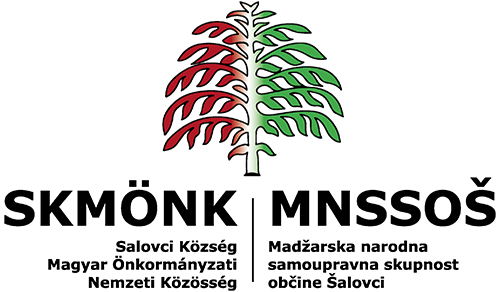 Beliefs and Customs on Saint George's Day
Beliefs and Customs on Saint George's Day
Saint Gregory´s Day and the Gregory Procession

The 12th of March, known as Saint Gregory´s Day, marks the beginning of spring. According to the Julian Calendar this was the date of the spring equinox. In the days of yore, on this particular day, the spring school semester began and the pupils used to be assembled. The Gregory Procession used to be a custom in all of the Hungarian-speaking area and its goal was to call pupils to school and at the same time raise funds for the school.
In Genterovci in Prekmurje, this folk custom was first observed in the 1890s when school education started in the village. A group of four to five boys, 6th to 8th graders, would take a stroll through the village wearing hats, decorated with a silk ribbon, and sing a song made up of twelve lines. The best singer of the group had the privilege of carrying a wooden sword which had a piece of smoked lard with paprika on its end. The most reliable boy of the party carried the purse, the so-called bugyelláris, which held the money they earned. The strongest of the boys carried a basket under his arm in which he put the eggs they received as a gift. The eggs they collected from house to house were intended to be given to their teacher. Later on, when teachers weren´t willing to accept the donations anymore, the children sold some of the eggs and kept only as many as they needed for snacks.
As attested by historical sources, the custom was also widely-known among the Slovenes in Prekmurje. Interestingly, people living in Slovenian settlements believed that on this very day, birds joined in wedlock – and this used to be more commonly known than the version which connects birds´ wedlock to Saint Valentine´s Day. However, nowadays the situation is reversed and these two days have switched roles.
Saint Gregory´s Day was also connected to weather and crop predictions. In the Hungarian-speaking area, the following saying was particularly well-known: ˝Saint Gregory will yet shake his beard˝ or ˝Saint Gregory shook his beard˝, both sayings meaning that it happens to snow on this particular day. In some settlements, the custom held that in the week of Saint Gregory´s Day, potatoes were planted. Others held that this day was convenient for planting seeds of wheat, rye, legumes and seedlings into the earth.





















